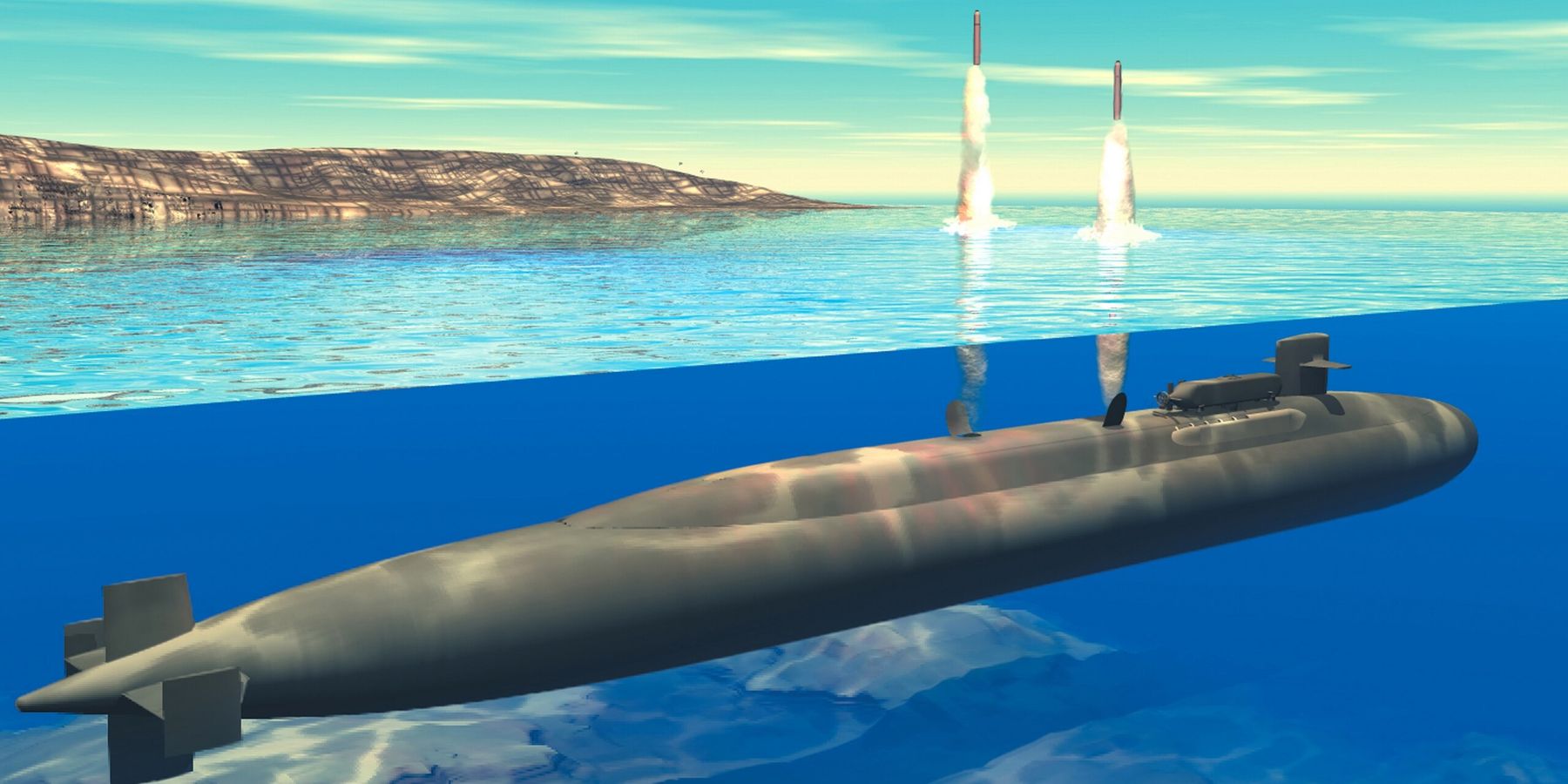Sea-launched, nuclear-armed cruise missiles, or SLCM-Ns, were considered unnecessary for U.S. national security for years. But now, the Navy’s pushing to bring SLCM-Ns back — even if doing so costs taxpayers billions.
Indeed, U.S. Navy Vice Admiral Johnny Wolfe told House Armed Services Committee members on May 7 that the Navy was fast tracking the development of the Sea-Launched Cruise Missile - Nuclear, known as the SLCM-N, along with the Trident II D5 Strategic Weapons System and hypersonic missiles.
Speaking at the “Nuclear Forces and Atomic Energy Defense Activities Programmatic Updates” hearing, Wolfe depicted SLCM-Ns as vital for modernizing both the U.S. nuclear infrastructure and the Navy's deterrence capacity.
SLCM-Ns bring “another option to our decision makers to deter our adversaries. It is an underlay for our triad and certainly it brings a regional weapon and a deterrent that we just don’t have today,” he told the committee.
Crucially, the SLCM-Ns differ from submarine-launched ballistic missiles (SLBMs) that are already fitted on Ohio class submarines as part of the nuclear triad (land, sea, and air-launching capabilities). But the SLCM-N, intended primarily for Virginia class fast attack submarines, would provide these submarines with a shorter range cruise missile capacity.
SLCM-N proponents say the missiles are vital for national security and for maintaining a modern nuclear arsenal with greater availability and regional presence. In fact, critics say, a renewed proliferation of SLCM-Ns today could heighten prospects for nuclear conflict while doing little to meaningfully bolster deterrence.
How SLCM-Ns came out of retirement
Initially proposed by the first Trump administration in 2018, SLCM-Ns mark the return to the realm of nuclear-armed, sea-launched cruise missiles — despite policymakers’ repeated gripes that the program was ultimately unnecessary for national security.
Indeed, the Navy retired its previous TLAM-N missiles, where nuclear-armed Tomahawk land-attack cruise missiles were placed on ships and submarines, in 2013 following a 2010 Obama administration recommendation that the program be retired.
Specifically the 2010 Nuclear Posture Review (NPR) stated that the SLCM-N system “serves a redundant purpose,” as “one of a number of means to forward-deploy nuclear weapons in time of crisis.”
Similarly, deeming that the already expansive range of non-strategic nuclear capacities rendered SLCM-Ns unnecessary, the Navy also moved to shelve the Trump-era SLCM-N initiative in 2022. The Biden administration’s policy statements regarding the FY2023 and FY2024 National Defense Authorization Acts (NDAA) further posited that SLCM-N programming "would divert resources and focus from higher modernization priorities."
Despite these repeated objections, Congress continued to fund the SLCM-N and its associated warhead.
Wolfe’s witness testimony indicated that the Navy’s Strategic Systems Programs (SSP) was standing-up a SLCM-N program office, established in March 2024, and was “conducting the assessments needed to deliver a weapon system that meets Warfighter needs.”
Meanwhile, experts warn the Navy’s push for this cruise missile could bolster prospects for nuclear conflict and provoke other logistics- and security-related issues.
“The nuclear-armed sea-launched nuclear cruise missile is especially destabilizing because an adversary would have a hard time telling a nuclear armed one from the non-nuclear missile, making an accidental nuclear exchange more likely,” the Quincy Institute’s William Hartung told RS.
“This is a big deal, and [a] major reversal for the Navy, which for years said it did not want nor need this weapon,” Geoff Wilson, Distinguished Fellow and Strategic Advisor for the National Security Reform Program at the Stimson Center, explained.
Wilson supposed that introducing nuclear warhead-studded missiles to vessels and territories unprepared to receive them could also complicate Naval logistics while possibly frustrating relationships with allies.
“How much thought has gone into how these weapons will change the missions of these boats, which would now be barred from making port calls in key allied nations like Japan, which does not allow U.S. nuclear weapons into its territory?” Wilson asked.
The SLCM-N could also scuttle other diplomatic ventures with adversaries. “The focus on the SLCM-N seems to undermine President Trump's stated interest in having nuclear arms control and strategic stability talks with Russia and China,” Jennifer Kavanagh, Senior Fellow and Director of Military Analysis at Defense Priorities, told RS. “It will be hard to convince Moscow and Beijing that Washington is serious about these negotiations if it is simultaneously surging the development of a new nuclear weapon.”
And Sen. Mark Kelly (D-Ariz) depicted SLCM-N as a strategic mishap in the event of a war with China. At a May 20 Senate Armed Services Subcommittee on Strategic Forces hearing, he suggested the cruise missile's placement on Virginia class submarines could bludgeon the submarines’ traditional warfighting capacities.
“The likelihood that we have to use the conventional [warfighting capacity]…of a Virginia class submarine in a conflict with China is rather high, if we got into a conflict. The probability that we would use the nuclear systems aboard this [Virginia class] submarine are actually rather low. So, we're going to sacrifice the exquisite capability of this platform [by attaching an SLCM-N to it], and it's going to become a little less capable,” Kelly mused. “It could be significant.”
Breaking the bank
The SLCM-N push calls for billions of taxpayer dollars amid already runaway military budgets, where the DoD, already proposing a whopping $1 trillion defense budget for next year, also intends on spending almost a trillion more on other nuclear weapons in the years to come.
“Last year Congress authorized $322 million for SLCM-N. The continuing resolution added at least $150 million to the program, and the new ‘reconciliation’ bill currently in front of Congress would add $2 billion to the program over the next four years,” Wilson explained. “That is a lot of money for a weapon the Navy said it didn't want consistently over the last two administrations.”
“This has all the makings of a ‘Washington warhead’ that will do little to improve U.S. deterrence or international strategic stability,” Wilson concluded. “I sincerely hope that Congress will change course and exercise some actual oversight into [the] strategic rationale behind the program.”
















